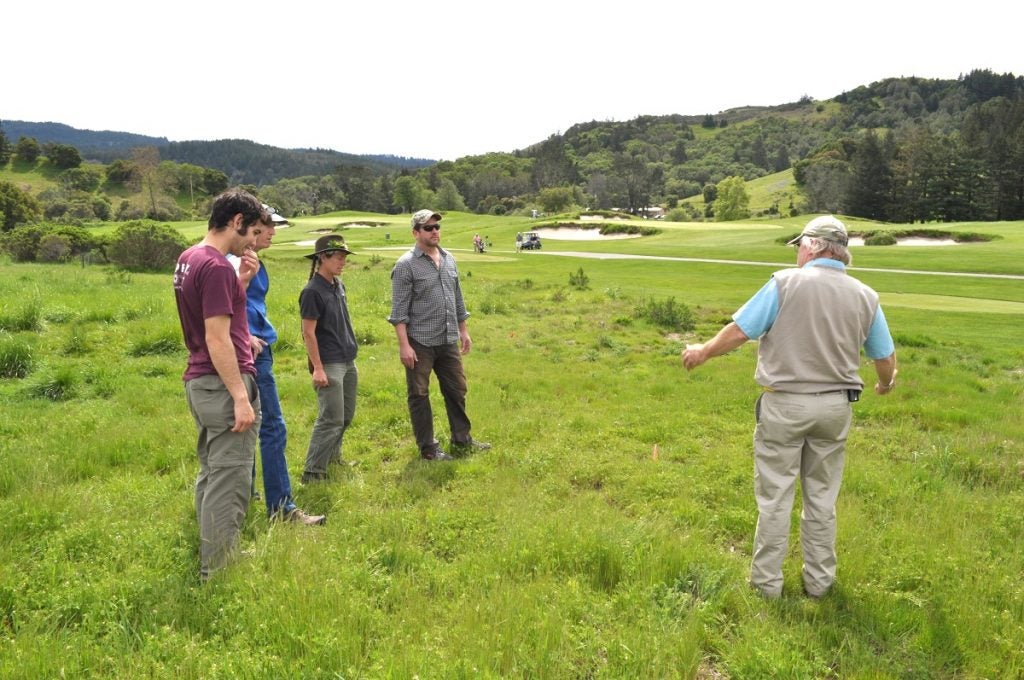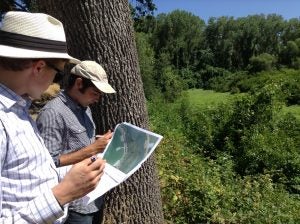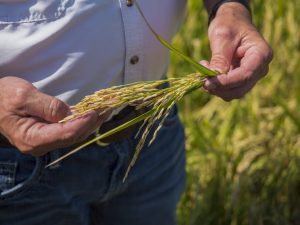The Cosumnes River is one of the last undammed rivers west of the Sierra Nevada. While not a large river, it flows year-round out of the Sierras, east of Elk Grove, south of Sacramento, and across the floor of the Central Valley before adding its modest flow to the Mokelumne River.
Every year, however, around the Fourth of July, the lower part of the Cosumnes River goes dry, even while the flow from the Sierras continues. The lower river stays dry until the first big rains come, sometimes as late as December or January, and resumes its high flow throughout the winter months.

When the Cosumnes River flows onto the valley floor, it leaks surface water into groundwater because the groundwater levels are low. In the summer, the river goes completely dry because the flows are especially low compared to the high leakage rates.
How can a river be flowing and then disappear downstream? The explanation lies in the inevitable interaction between groundwater and surface water, which have been managed separately – until now.





